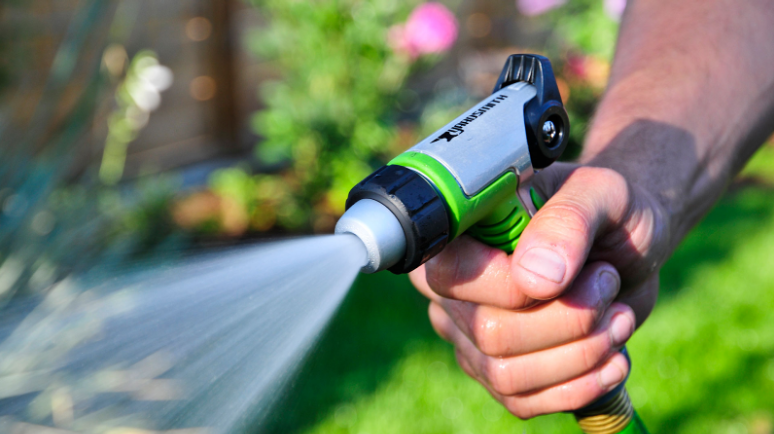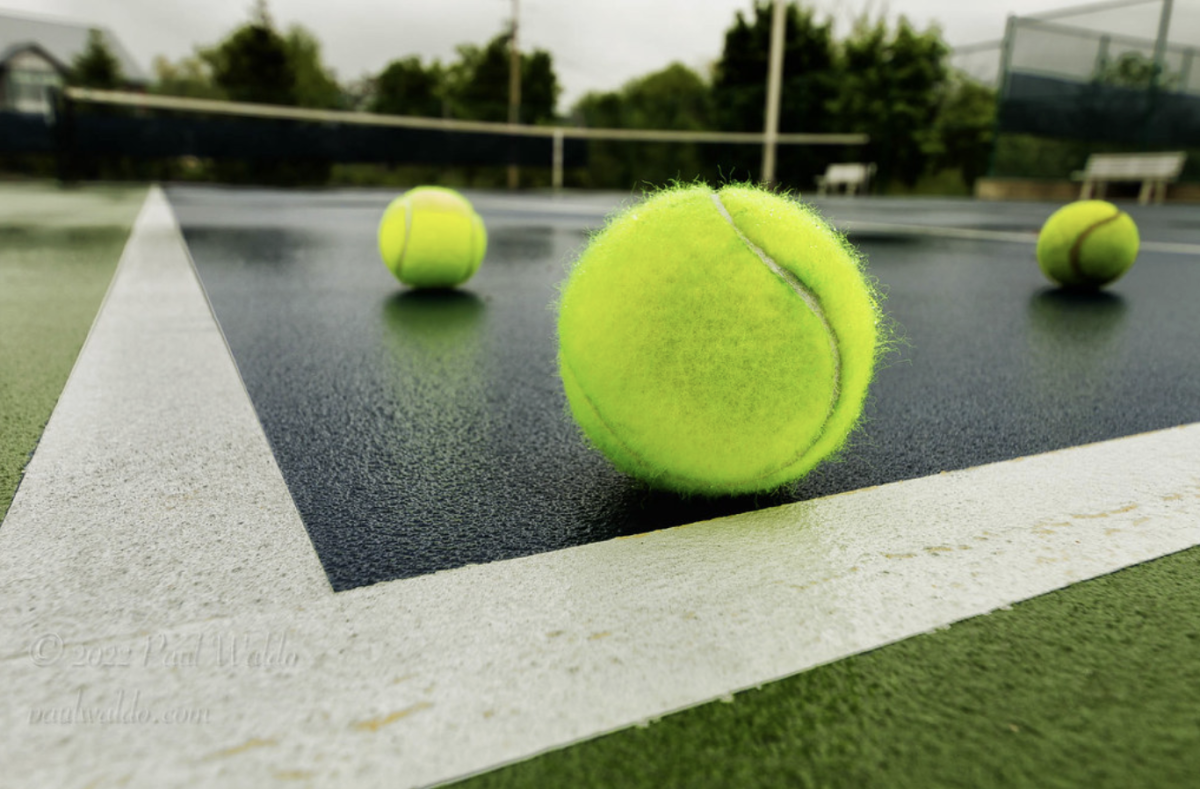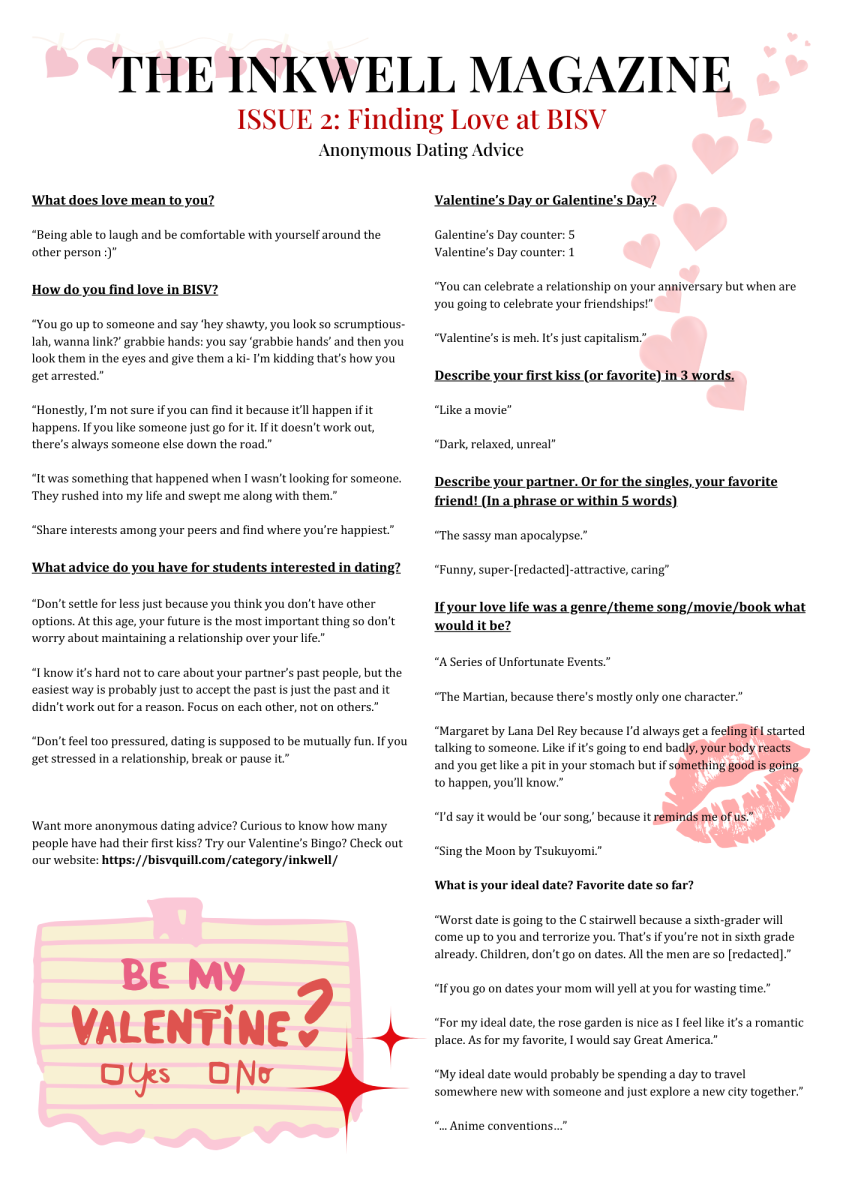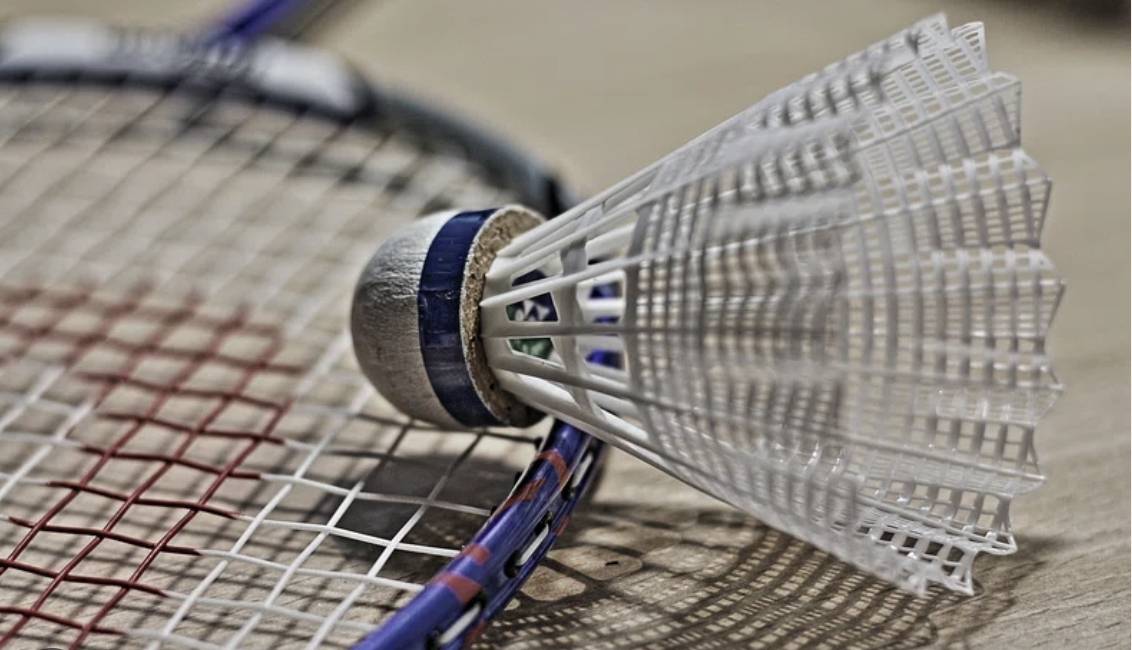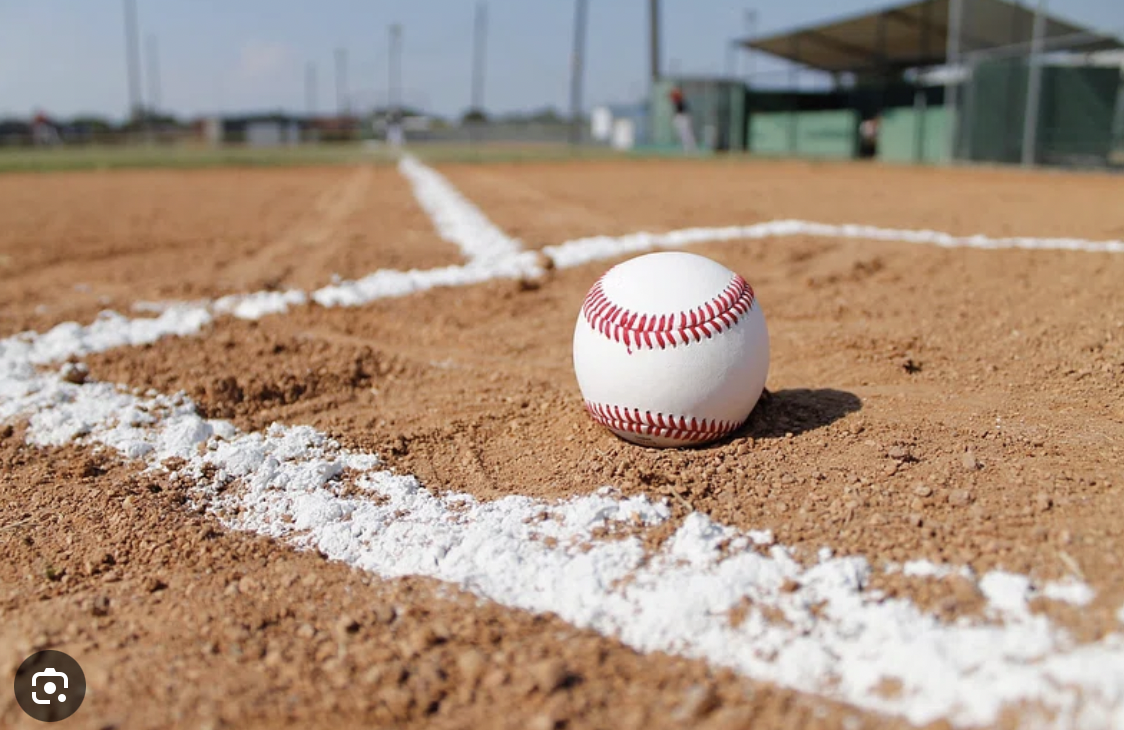Tennis balls are practically unrecyclable due to their materials and limited recyclability. Before we discuss the different ways to repurpose tennis balls, we should delve deeper into how they are made and what they are made of.
As a crucial element in the game of tennis, tennis balls are designed to meet specific standards of bounce, durability, and performance. These are typically made from a combination of rubber and felt—materials that work together to create the ideal balance of resilience and playability on the court.
The production process begins with natural and synthetic rubber, which is molded into two half-shells. These shells are then fused together to form a hollow core, which is pressurized with air to give the ball its characteristic bounce. Once the core is complete, it is covered with a layer of felt, usually made from wool or nylon fibers. The felt cover not only affects the ball’s aerodynamics depending on its thickness, but also enhances its durability, ensuring that the ball can withstand the rigors of play. This intricate process ensures that every tennis ball used in professional and recreational play offers consistent performance, making it an essential part of the sport.
In theory, tennis balls should be easy to recycle due to the relatively simple materials they are made of, rubber and felt. However, tennis balls are practically unrecyclable. Many companies have attempted to recycle used tennis balls to make new ones, yet oftentimes, a machine takes longer to deconstruct a tennis ball than to make multiple balls. The rubber core and felt are stuck together with a strong adhesive which makes it practically impossible to separate the two. Furthermore, the rubber cores are vulcanized. This means that the rubber is made stronger and as a consequence, it is harder to decompose and recycle. For these reasons, tennis ball companies have opted to disregard the environmental hazard that tennis balls cause and instead of recycling, continue to produce tennis balls from scratch.
As a result of their unrecyclable nature, it is better to repurpose tennis balls instead of recycling them. This article explores the different ways that tennis balls can be repurposed. By the end of this article, I hope you’ll be more aware of the environmental hazards caused by tennis ball production and feel inspired to think about creative ways to repurpose not just tennis balls, but all kinds of sports equipment. Although small, your contributions can make a positive impact on the environment.
Chew Toys

Repurposing tennis balls into pet chew toys is a smart and eco-friendly way to give new life to an otherwise discarded item. Tennis balls are made from durable rubber due to the vulcanization and are covered in a tough felt material, making them perfect for pets to chew on without easily falling apart. Their size and bounce also make them ideal for interactive play, such as fetching, which provides physical exercise and mental stimulation for dogs. By reusing tennis balls as chew toys, you not only save money but also contribute to reducing waste, keeping these materials out of landfills and supporting a more sustainable lifestyle.
Desk Organizers
As many know, our students are organized so that they can maximize their productivity when they are working. By cutting a hole in a tennis ball, students can store things such as pencils, pens, rulers, and other stationeries. This not only keeps frequently used tools within easy reach but also provides a designated space for less frequently used items, reducing the chance of misplacing them. It’s a practical, space-saving solution that helps maintain an organized workspace.
Can Openers
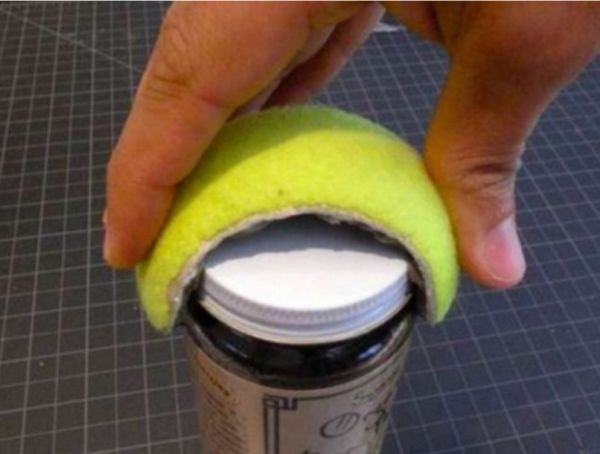
Although it may seem unusual, tennis balls are actually excellent can openers. This is because the rubber helps you have a good hold on the lid, while the outside feels soft enough for you to avoid straining your hand when opening the jar or can.
Floor Protectors
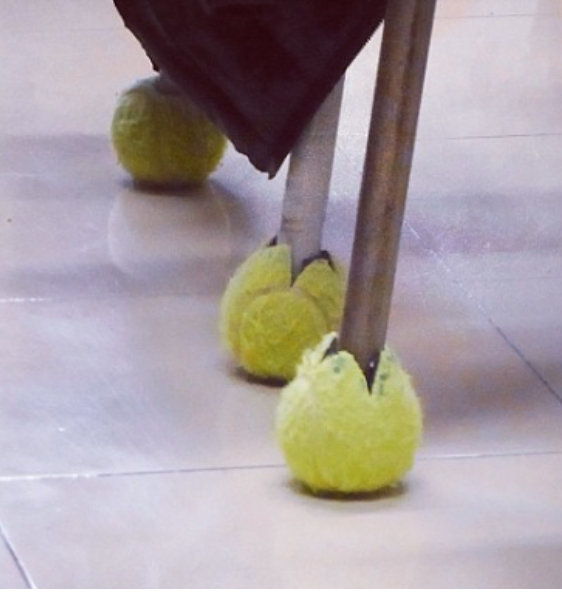
Due to BISV’s weird chairs, many of our students do not see chairs that have four legs; however, I assure you that they do exist. If you cut an X into a tennis ball, you can stick the legs of chairs into them. The felt protects the floor from scratches and marks and provides easier gliding of the chair. Another idea that may be more relevant to our school is using them as desk gliders. It is a common occurrence at our school that you may be sitting peacefully in class when you hear a screeching noise from above. By using the same process, you can also stick the tennis balls on the legs of desks so that it is easier to move around the room as well as produce less noise.
Car Spot Markers
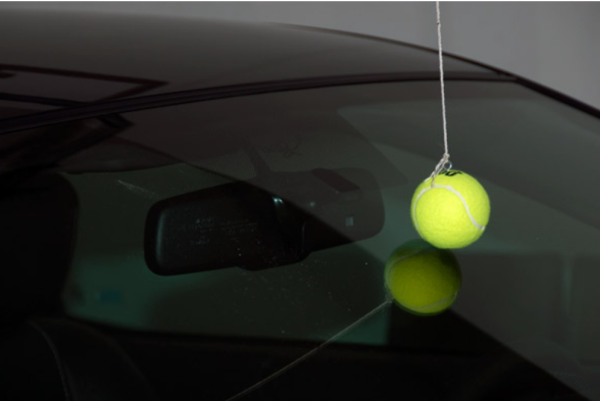
Although this may not be as relevant since most BISV students are unable to drive, tennis balls can help you when you’re parking in a garage. You can attach a tennis ball to a string and attach the string to the ceiling of the garage. Once you park, you’ll know how far you are from the wall by using a tennis ball as a reference point.
All in all, tennis balls are usually not seen as diverse objects, but they can be repurposed in countless ways. There are multiple other uses for old tennis balls that aren’t included in this article such as key holders, doorstops, and much more. Certain organizations, namely Recycle Balls, have gone as far as using old tennis balls to build tennis balls! It is important to note that tennis balls aren’t the only hazardous sports equipment. For example, golf balls, baseball gloves, and hockey sticks are also not easily recyclable. I hope that this article has propelled you to be more interested in how to make better use of your equipment instead of throwing them out.



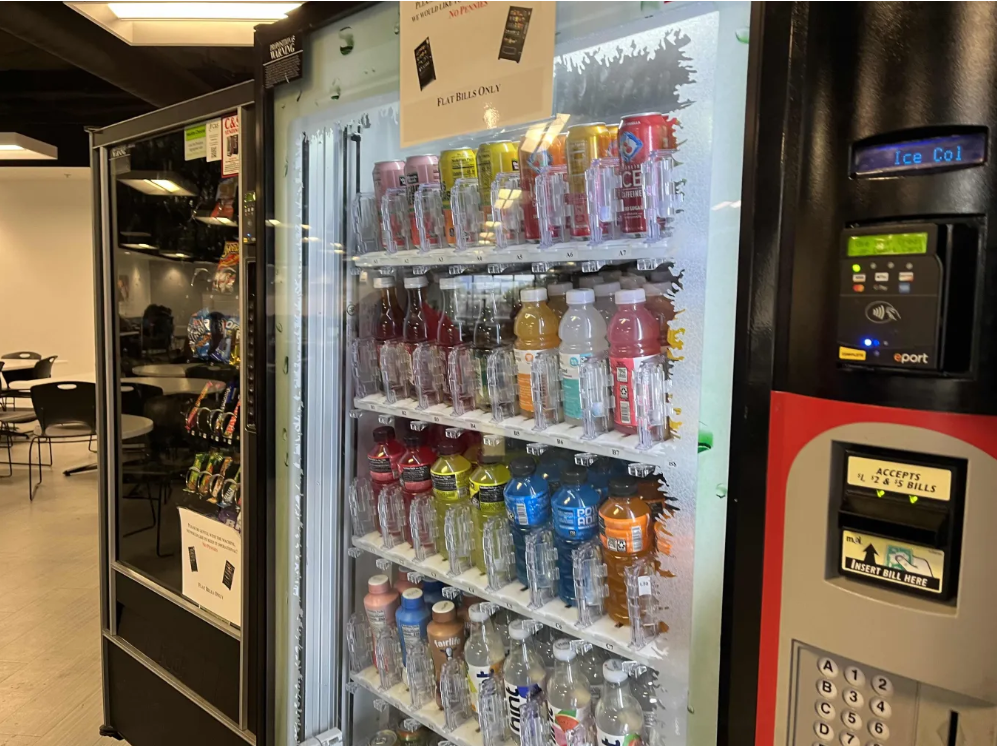






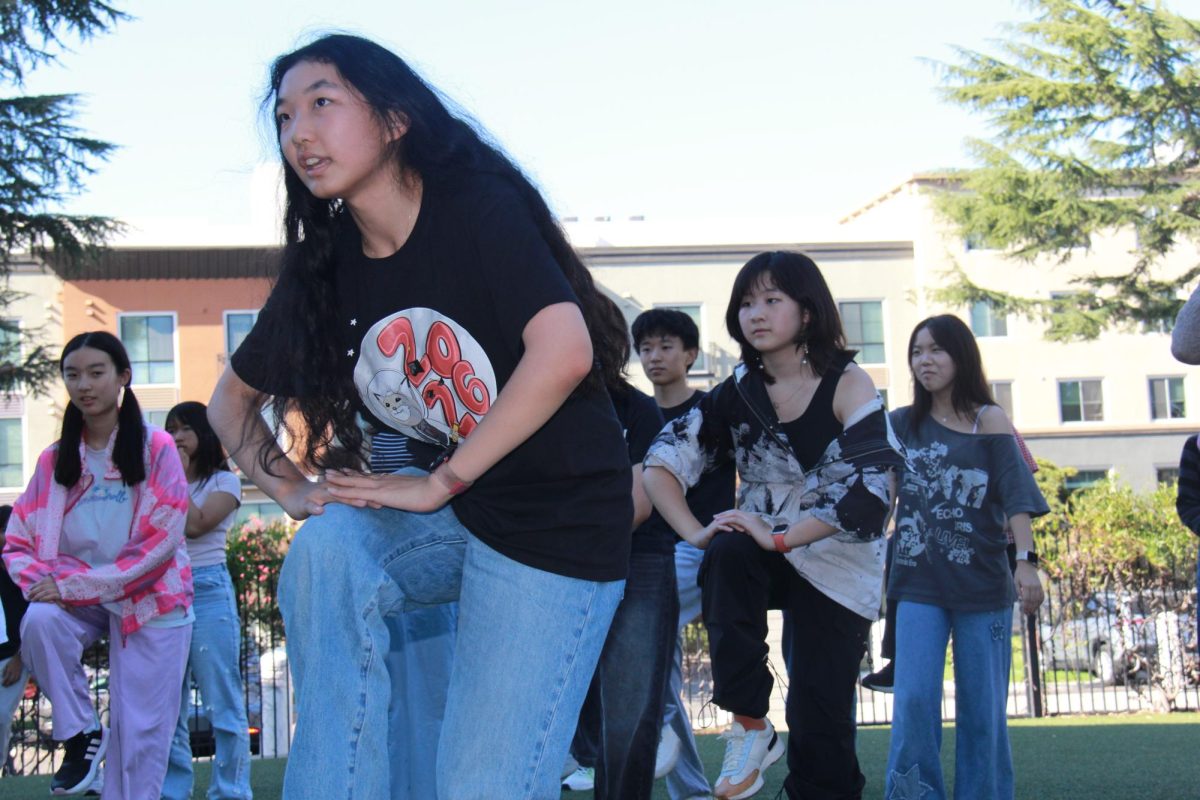





![Teacher [Milk] Tea: Part 2](https://bisvquill.com/wp-content/uploads/2024/03/Screen-Shot-2024-03-19-at-9.28.48-PM.png)















